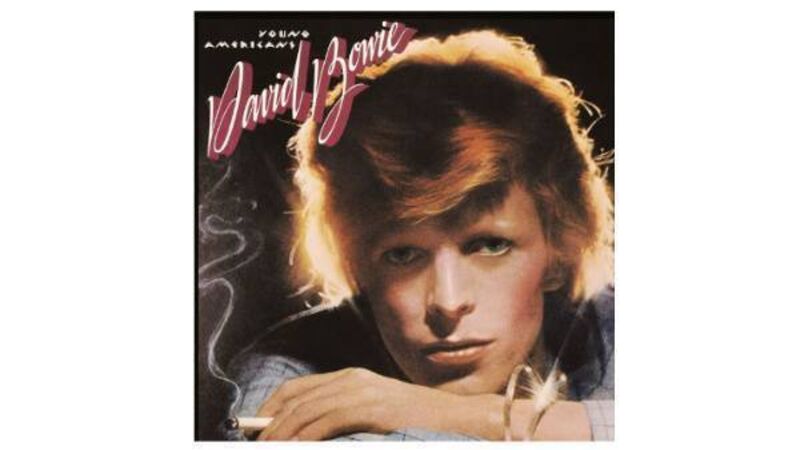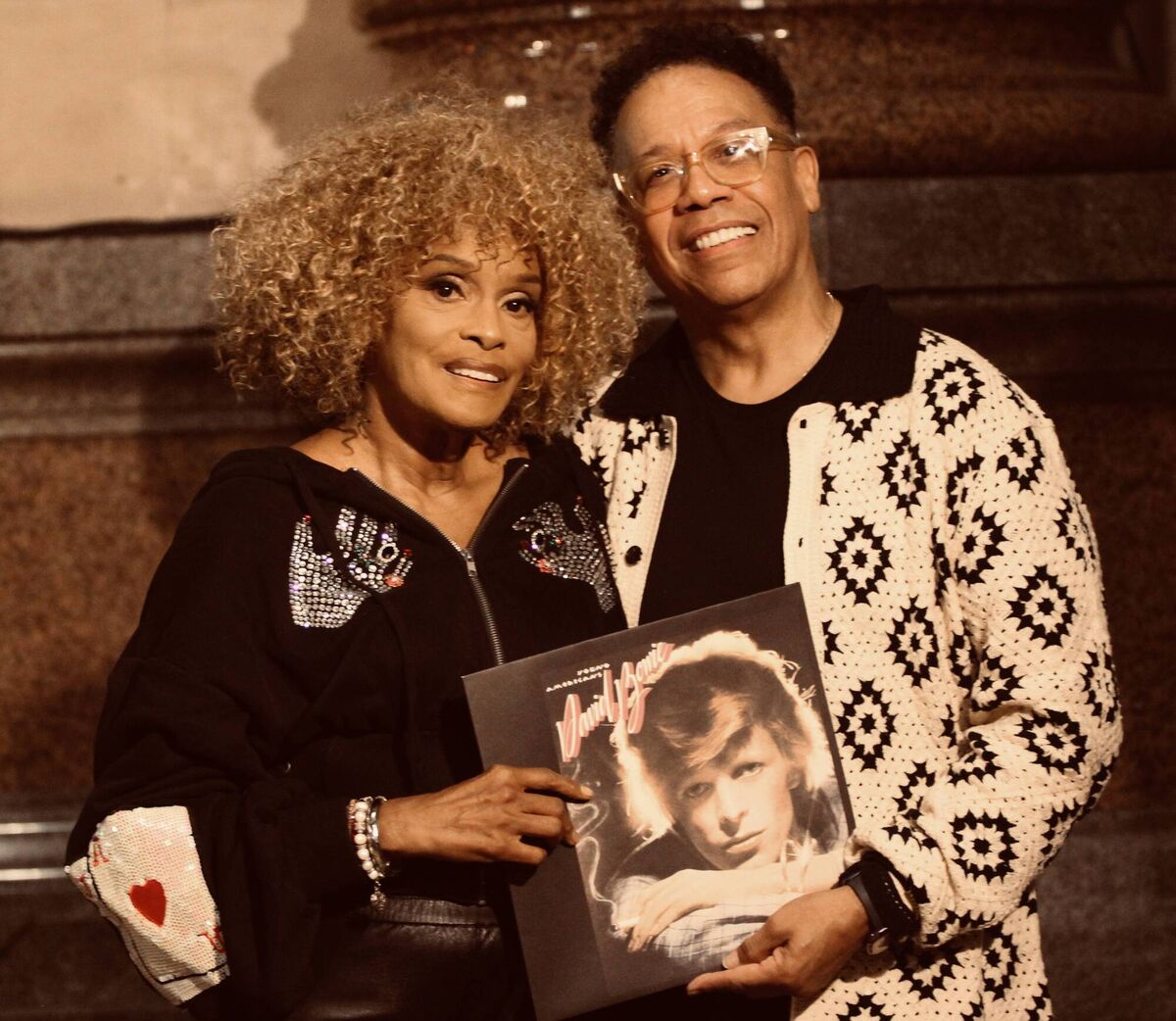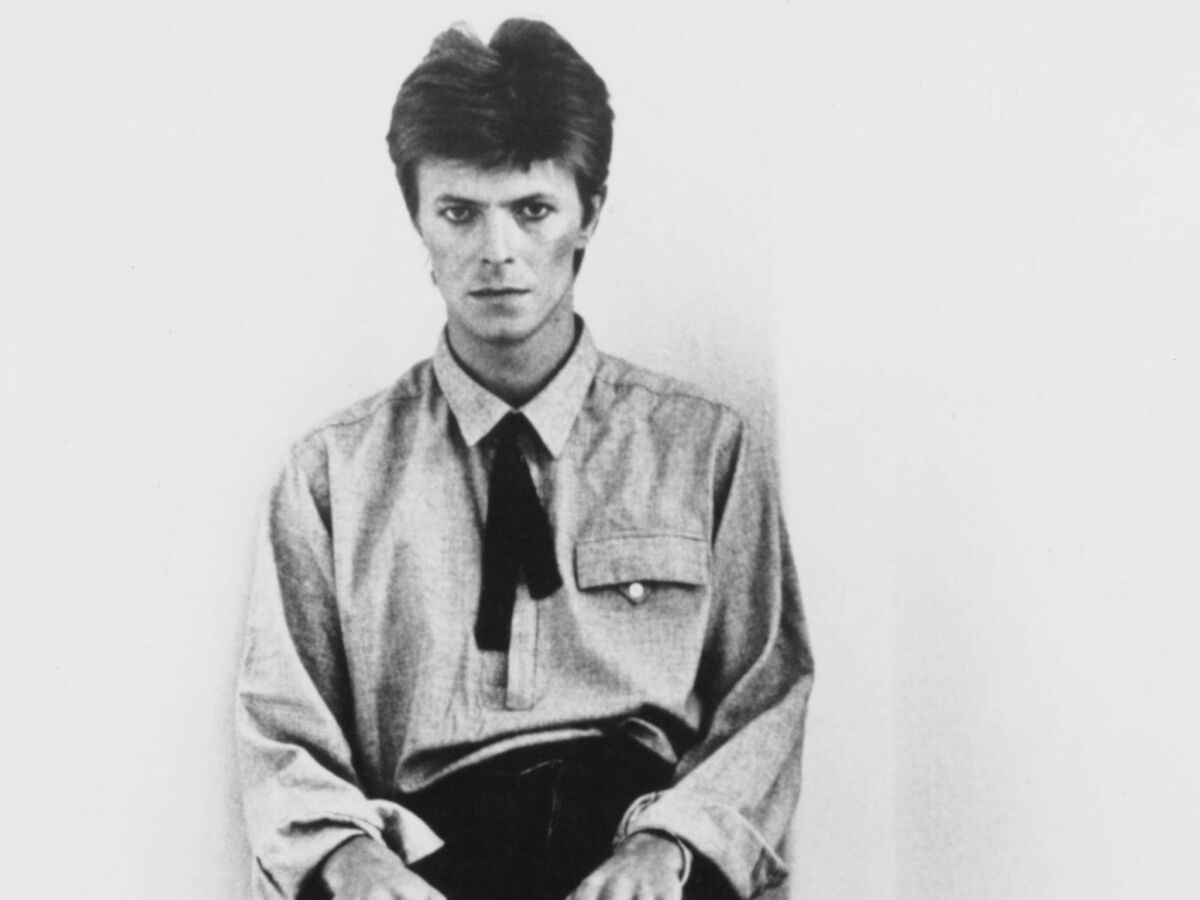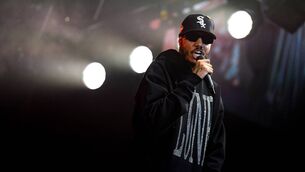Young Americans: The inside story of David Bowie's great album from 1975

Young Americans by David Bowie was released 50 years ago, in 1975.
David Bowie's trusted band member Mike Garson recalls the relief of reaching the final date of the Diamond Dogs tour in December 1974 in Atlanta. A sober individual himself, the pianist had been saddened by his bandleader’s health decline and drug abuse during the gruelling tour. It had pained him to watch a painfully gaunt Bowie having to support himself with a cane.
Days after the tour finished, Bowie and his band appeared on the Dick Cavett Show on US TV. Despite his condition, an incredible performance was delivered. Few could argue against the fact this was one of the great Bowie television appearances, brimming with a raw and soulful funk energy. He had also summoned another master of his craft in saxophonist David Sanborn, utilising him on Young Americans the way that he did Garson on Aladdin Sane.
Before his death last year, Sanborn told me. "We were playing Radio City Music Hall and well prepared for that show. There was quite a bit of it around [cocaine] but those were the times and it was prevalent everywhere in the world that I was living in. I don't want to say unavoidable but it was definitely around.
“Mike Garson in the band was not ever someone who drank or used drugs, for example. Some others may have dabbled but Bowie was deeply into it.” Sanborn recalls Bowie referring to that mid-70s lineup as one of the greatest bands he ever played with. “It was a killer band,” said the late saxophonist. “He would allow us to stretch. He was a music fan so he would let us play for ten minutes on something like ‘John I'm Only Dancing (Again)’. He gave us such freedom."
By the end of the Diamond Dogs Tour in late 1974, Bowie had almost discarded the last vestiges of Ziggy Stardust's English rock’n'roll through Halloween Jack to become The Gouster. The character referred to a subcultural term used by young streetwise and well-dressed African-Americans at least a decade earlier.
Bowie would adopt the clothes, music and attitude when touring Diamond Dogs and had fully absorbed the character by the time he began recording Young Americans, essentially amplifying that culture and style in the mainstream.
On the cover art at least Bowie still held on to a sense of otherness through his soft, stylised and vivid flame red hair. He was also illuminated from behind like a Hollywood siren from the 1940s. This image, augmented by blue eye shadow and a blonde streak of hair, was still a challenge for some.
His choreographer Toni Basil would inspire the Young Americans sleeve art as the cover star for After Dark magazine, leading Bowie to contact photographer Eric Stephen Jacobs. “David called and said: ‘I want you to shoot my next album cover and I’d love it to be like Toni’s picture' which had caused a sensation at the time,” Jacobs recalls. “I was driven to this Hollywood studio and there was Bowie. I didn’t like his shirt, but I was a little overwhelmed. If I’d had more balls at the time, I’d have got him to change!
“The original picture was a black and white portrait, I added the cigarette smoke and oil colours. We did a lot of coke together, but he seemed perfectly together and with it. The cheque shirt was part of the American symbolism that he was interested in at the time."
While recording the album, Bowie was in a relationship with backing singer Ava Cherry. The Chicago native recalls how the star was influenced by a wide variety of music at the time. "He would listen to Frank Sinatra's soulful approach on things like ‘All The Way’ and worked on his phrasing listening to Ella Fitzgerald and Billie Holiday, but Aretha was his favourite.”
Unfortunately, Bowie’s encounter with Franklin while presenting her with an award at the Grammys in 1975 left the English singer feeling snubbed. “With not so much as a glance in my direction, she snatches the trophy out of my hands,” Bowie later recalled.
Bowie admitted to fuzzy memories of the cocaine years, and perhaps his perception of a snub was his state of mind at the time as the footage reveals that Franklin does greet and kiss him.
Whatever happened, singer Cherry recalls the Londoner being quite unhappy in the aftermath of the awards. “I remember that night so well because he was so upset, he idolised her. He put on one of her records and then ripped it off,” says Cherry.

Guitarist and arranger Mick Ronson played an effective role in helping Bowie become a star in Britain; David Sanborn essentially did the same job in the States. "Young Americans was really the album that broke him in America," said Sanborn. "Prior to that he had a following with fans and rabid fans but that was the first time he really cracked the market. It was a huge record for him and that song [‘Young Americans’] was all over the radio.
“I got a lot of notoriety from that. David had decided to go for the Philadelphia sound. It could have easily been Detroit but he wanted to work in the same studio as Gamble and Huff and people like Linda Creed. He went to the source and followed through."
Sanborn also suggested the developing talent of Luther Vandross as another essential component in the foundational stages of recording. "Luther had a significant influence on David's music at the time and this is way before he was ‘Luther’," says the saxophonist.
Vandross’s status as a relative unknown figure was about to change after working with Bowie on Young Americans. The track ‘Funky Music (Is a Part of Me)’ was refashioned earning him a co-writer’s credit for one of the album's stand-out tracks, ‘Fascination’. He would also join Bowie as backing vocalist for the rest of the ’74 tour.
Mike Garson was equally impressed by Vandross who would soon become a star in his own right. "Luther was a genius — this was before he was a household name,” recalls Garson. “He would sit at the piano with the backing singers, hit a note and say: 'Here's what you sing!'” Guitarist Earl Slick also told me Vandross was the album's secret weapon. "Luther could write and sing like nobody's business. He did most of the arrangements on Young Americans. Everybody brought their thing."
Bowie would hold onto the same creative template from this moment on allowing a team of trusted musicians to bring their best to any given track. Garson explains: "If you listen to the beginning when I run down all the notes and go into this little hook; that helped set the mood for the piece."
It was during a four-week break in the tour that Bowie began to record the album in August 1974. Young Americans producer Tony Visconti told me it was "a dream come true" to work with crack session bass player Willie Weeks.
"Willie blew my mind on a Donny Hathaway song ‘Everything Is Everything’ with a four-minute bass solo — to die for! On the first day of Young Americans he played only the simplest, basic parts, like four notes per measure. I politely asked him why he didn’t play more funky intricate parts the song was crying out for. He answered, ‘Because you didn’t ask me too’, ever the obedient session player. I replied, ‘Well I’m asking you to’.”

Bruce Springsteen was another visitor to the studio during the Young Americans sessions. Sanborn says Springsteen also attended the legendary show recorded at the Tower in Philadelphia for the David Live album.
"I remember Bruce on the Diamond Dogs tour when we were playing in Philly. He had hitchhiked from Astbury Park to see us play. He was younger than me and I was a kid myself but he was a very nice, humble guy. He wasn't ‘BRUCE’ yet. I saw him again many years later and he was the same guy".
Sanborn, who died in May 2024, was essential on both David Live and Young Americans. He was one of many who helped make Bowie a star in their country. The American public clearly felt more comfortable with the soul boy version of Bowie rather than the transgressive glam rock alien Ziggy Stardust.
Released in the US in April 1975, Young Americans remained on the Billboard Top LPs & Tape for 51 weeks, even squeezing into the Top 10 at number nine. Bowie had essentially achieved his dream and cracked it in America.
His acceptance in the States and the musical talents he encountered at the time would provide succour for rest of his life. As he told Alan Yentob in 1974 while filming the Cracked Actor documentary for the BBC: "The imagination can dry up in England… it just supplied a need in me, America; it became a myth land for me.”
- David Bowie, January 8, 1947 - January 10, 2016
- The Dublin Bowie festival will celebrate ’50 Golden Years of Young Americans’, Feb 26-March 2. See dublinbowiefestival.ie
- Richard Purden will release a new book, Where Are We Now David Bowie?, next year
In the summer of 1975, ‘Fame’ delivered Bowie’s first No 1 hit single in America. The song was a late addition from a session at the Electric Lady studios in New York with John Lennon that changed the direction of the Young Americans album.
Co-written with Lennon and guitarist Carlos Alomar, it emerged from an aborted attempt to record The Flares’ ‘Foot Stompin’. Bowie salvaged some of Alomar’s riff, adding more guitars and a melody, while Lennon played acoustic.
Bowie would admit it was an “angry” track and had no idea it would be a hit. “It really was about the bullshit of the industry,” says backing singer Ava Cherry. “His manager Tony Defries had been good for David in the early stages, but they were having some trouble. The high backing vocal at the end was me singing in the booth with David and John.”
Carlos Alomar says that black music had been essential to Bowie from an early age: “In his collection, he had Bo Diddley, Bessie Smith, Thelonius Monk and lots of R&B, and jazz. I didn’t have a collection like that.”




